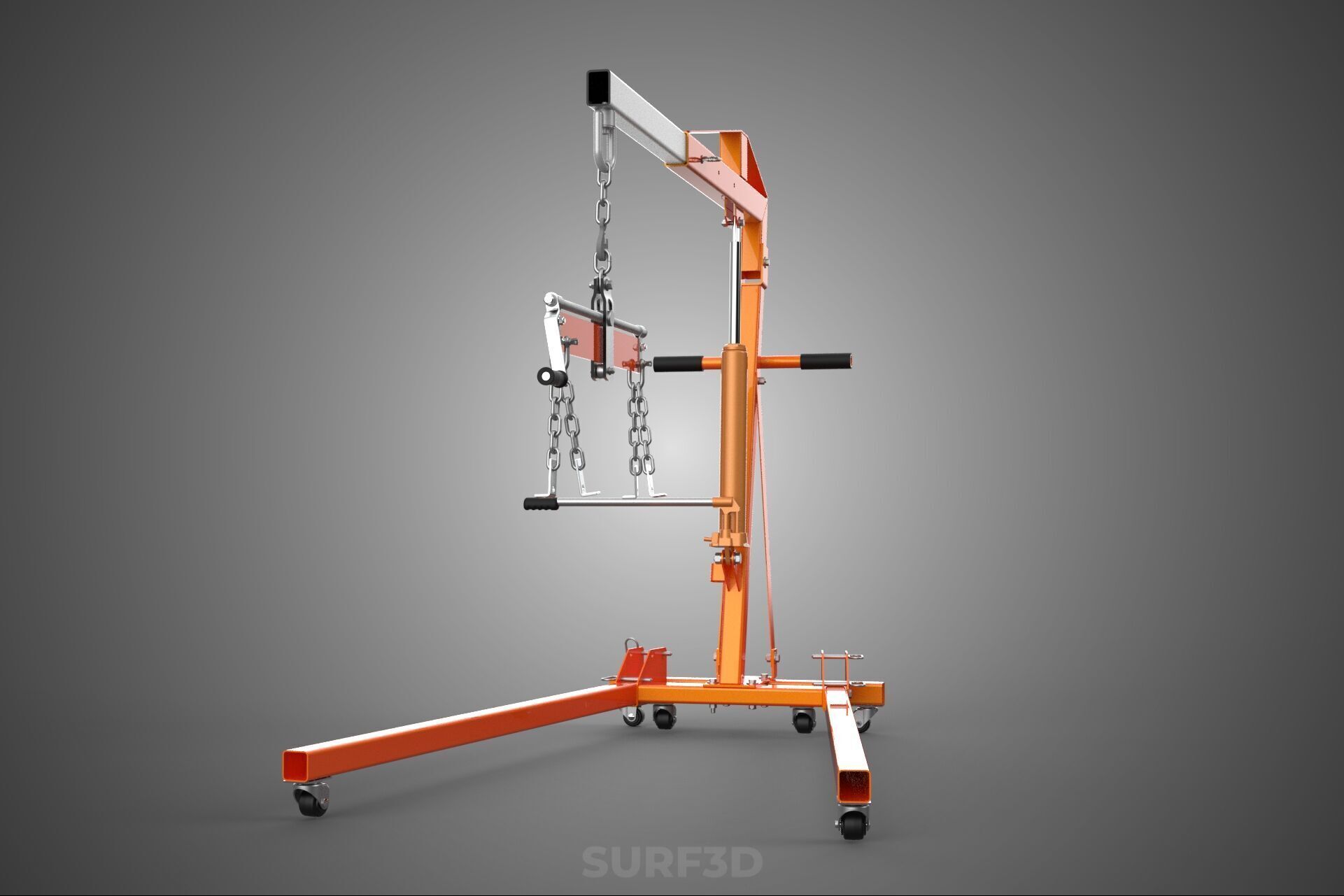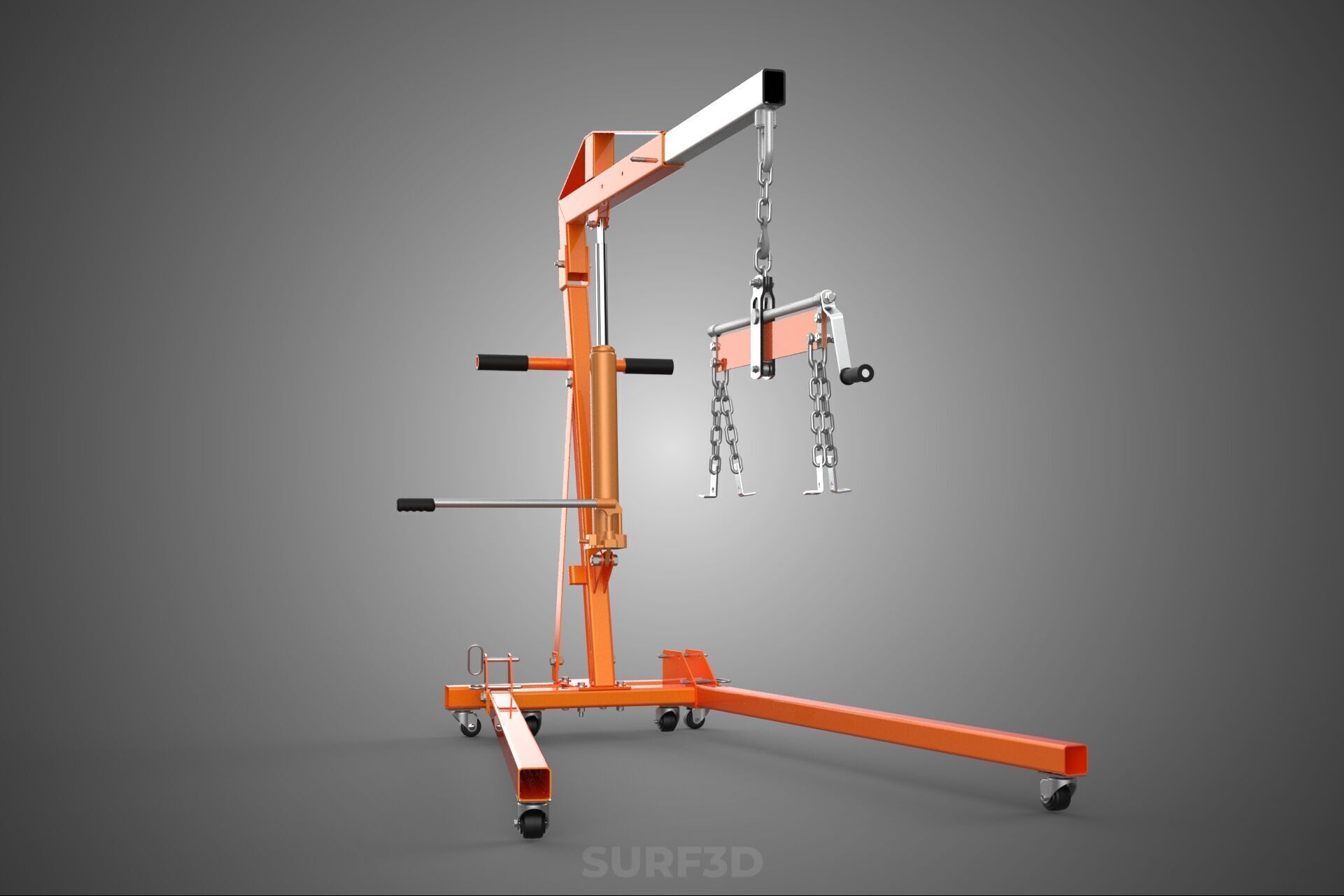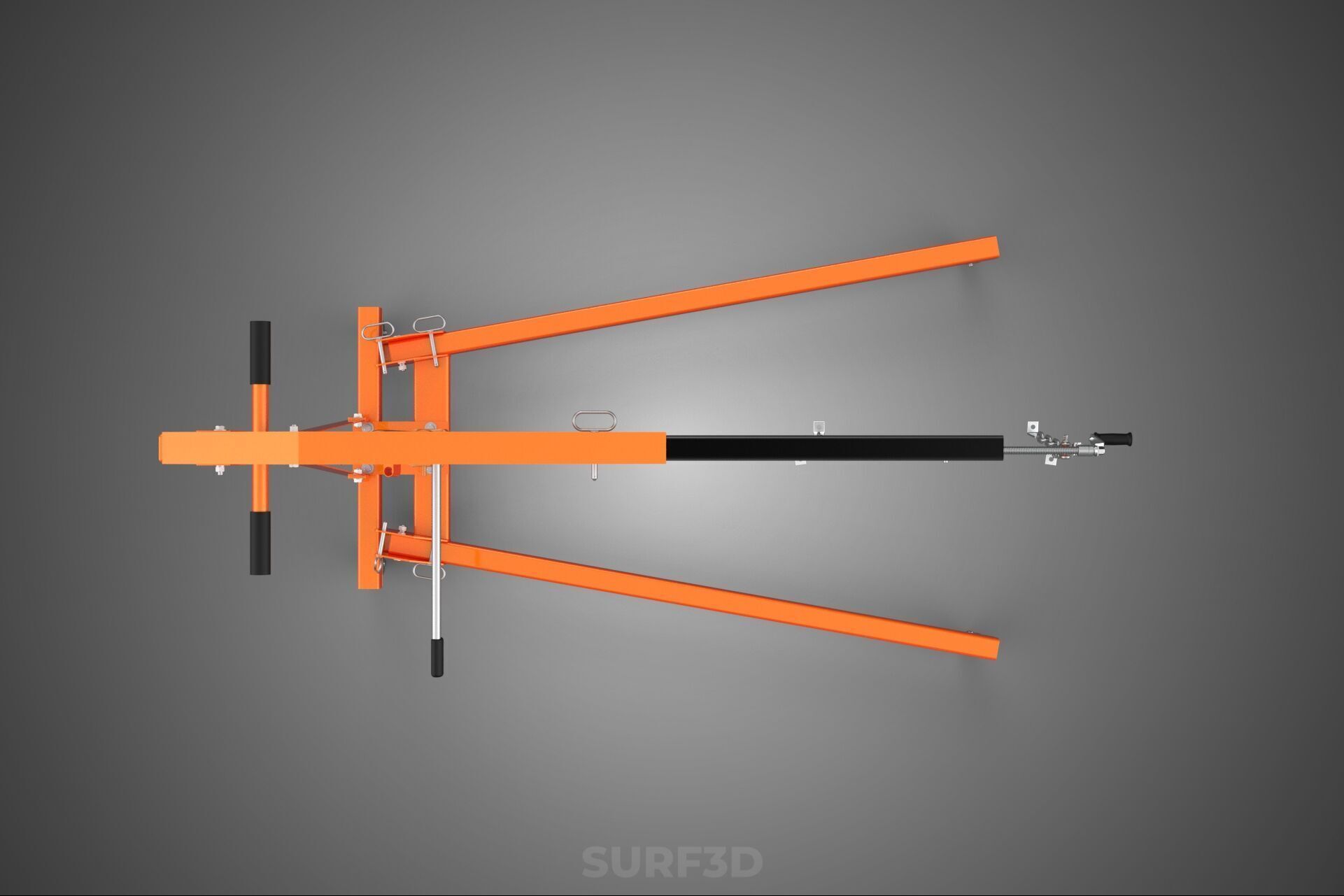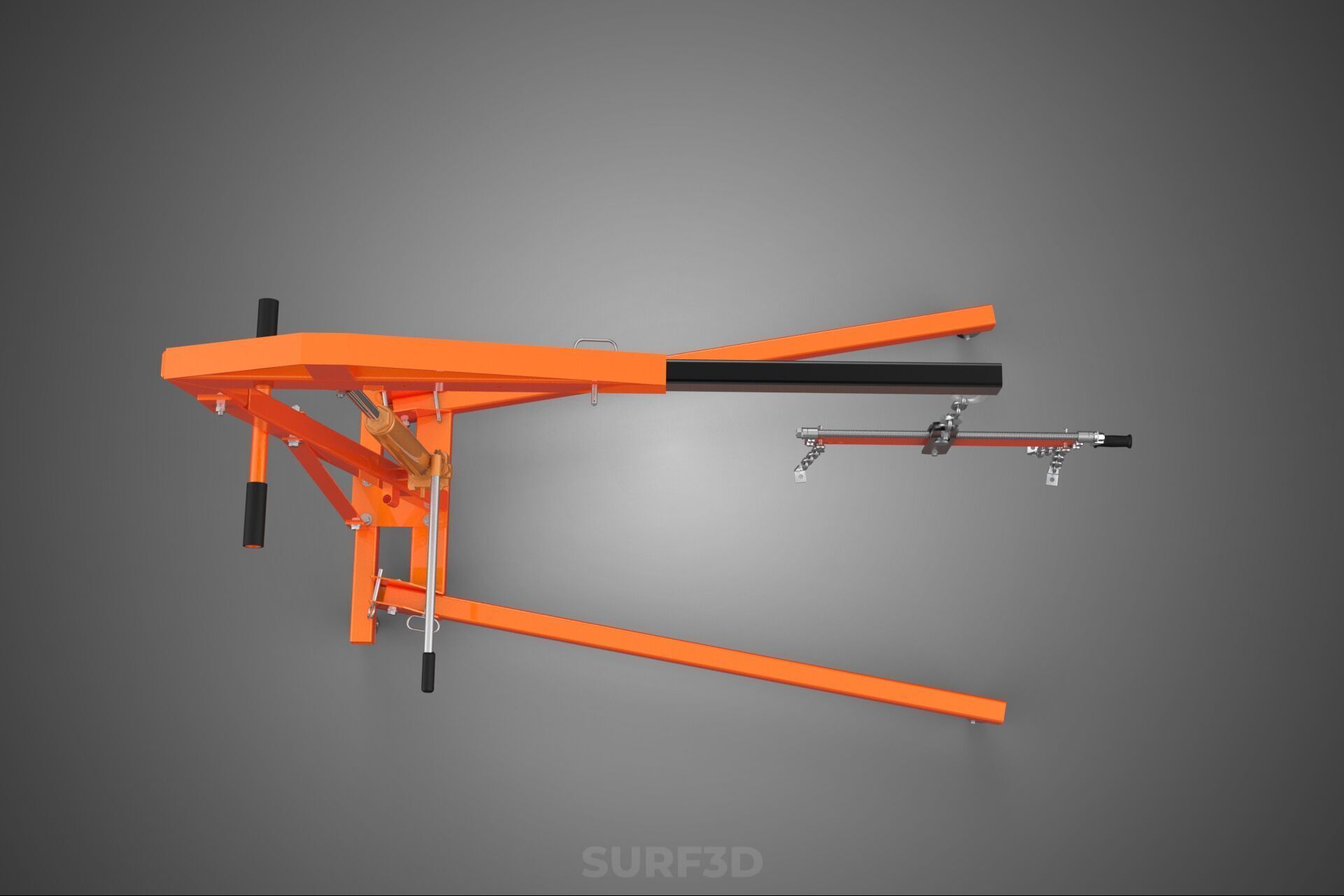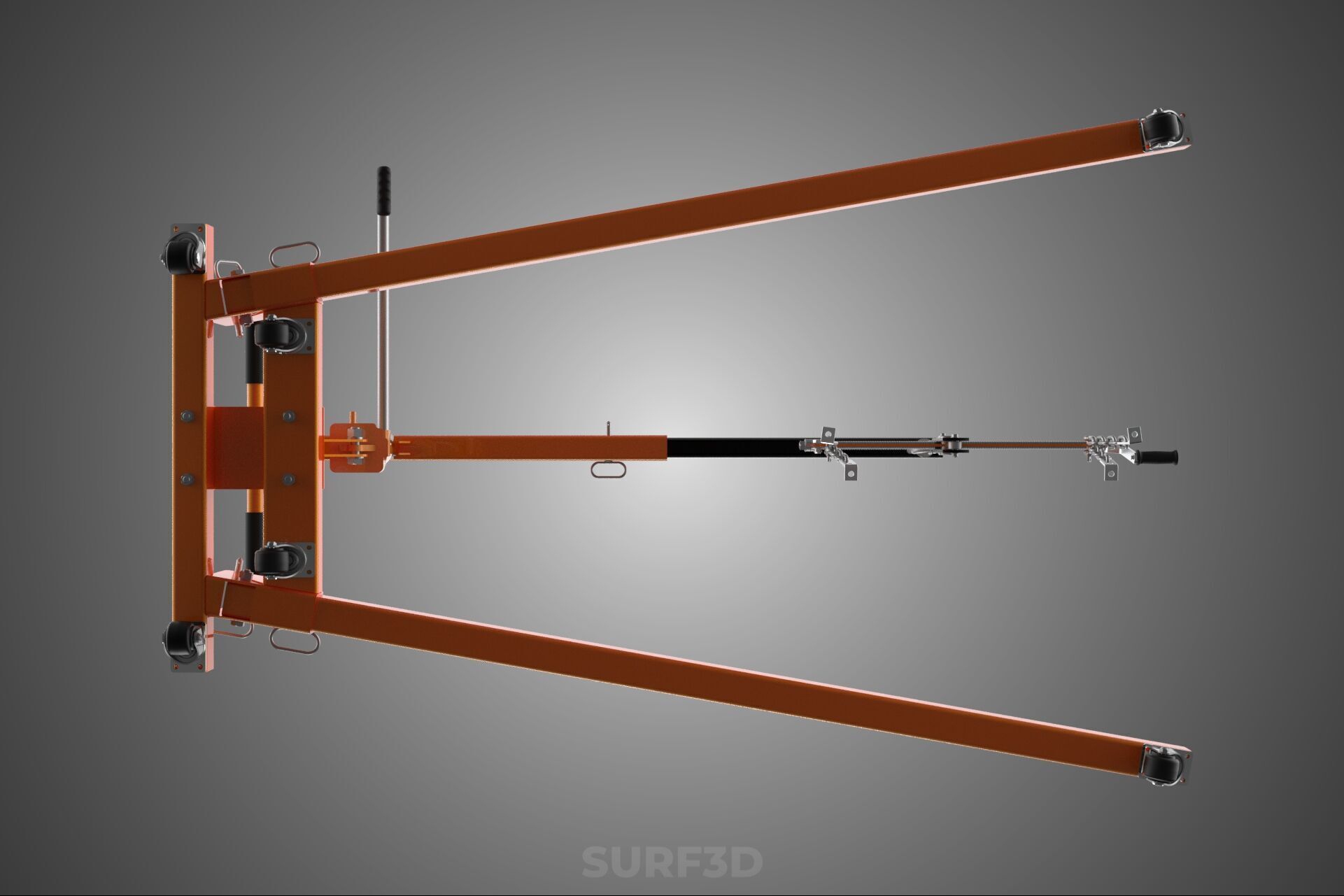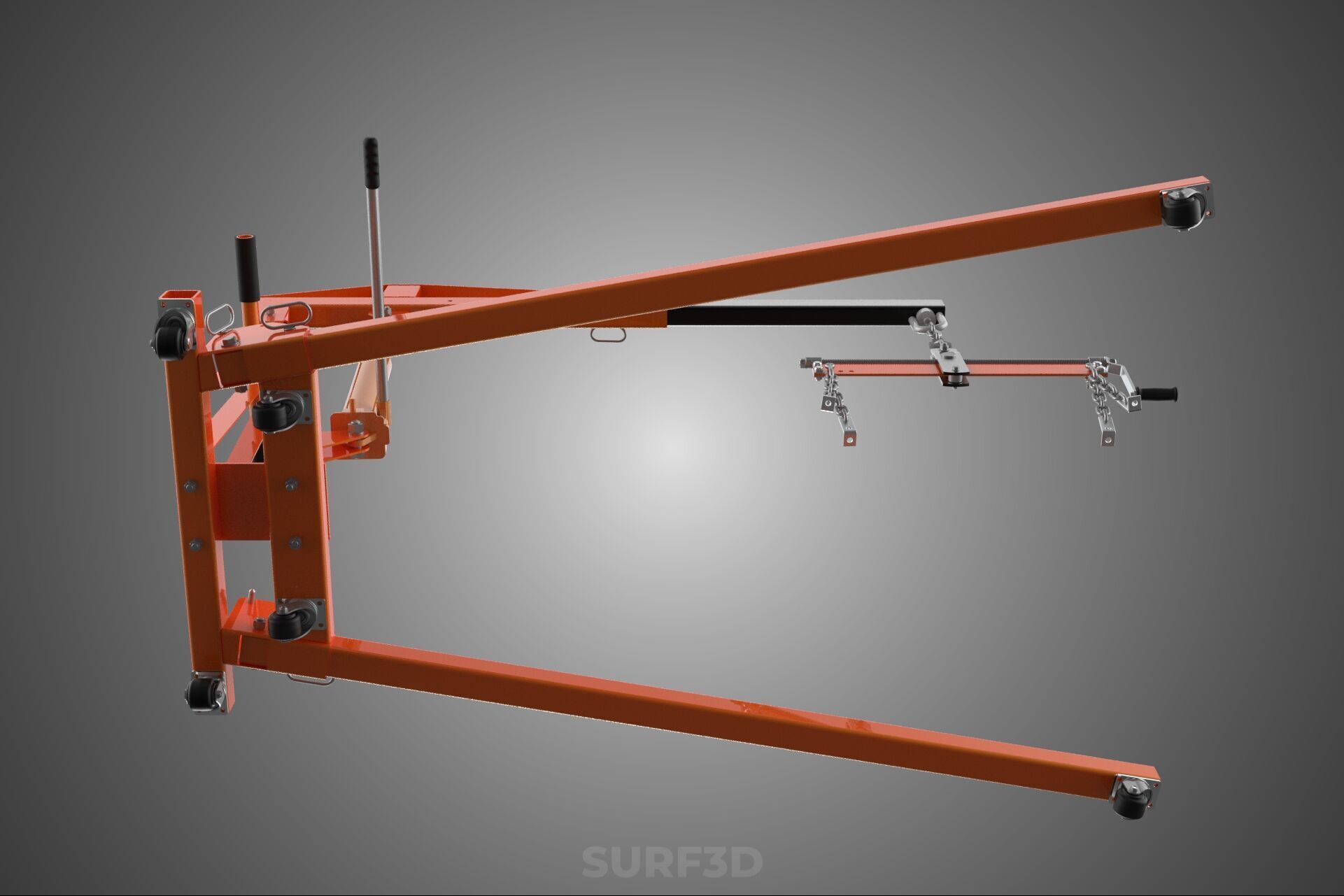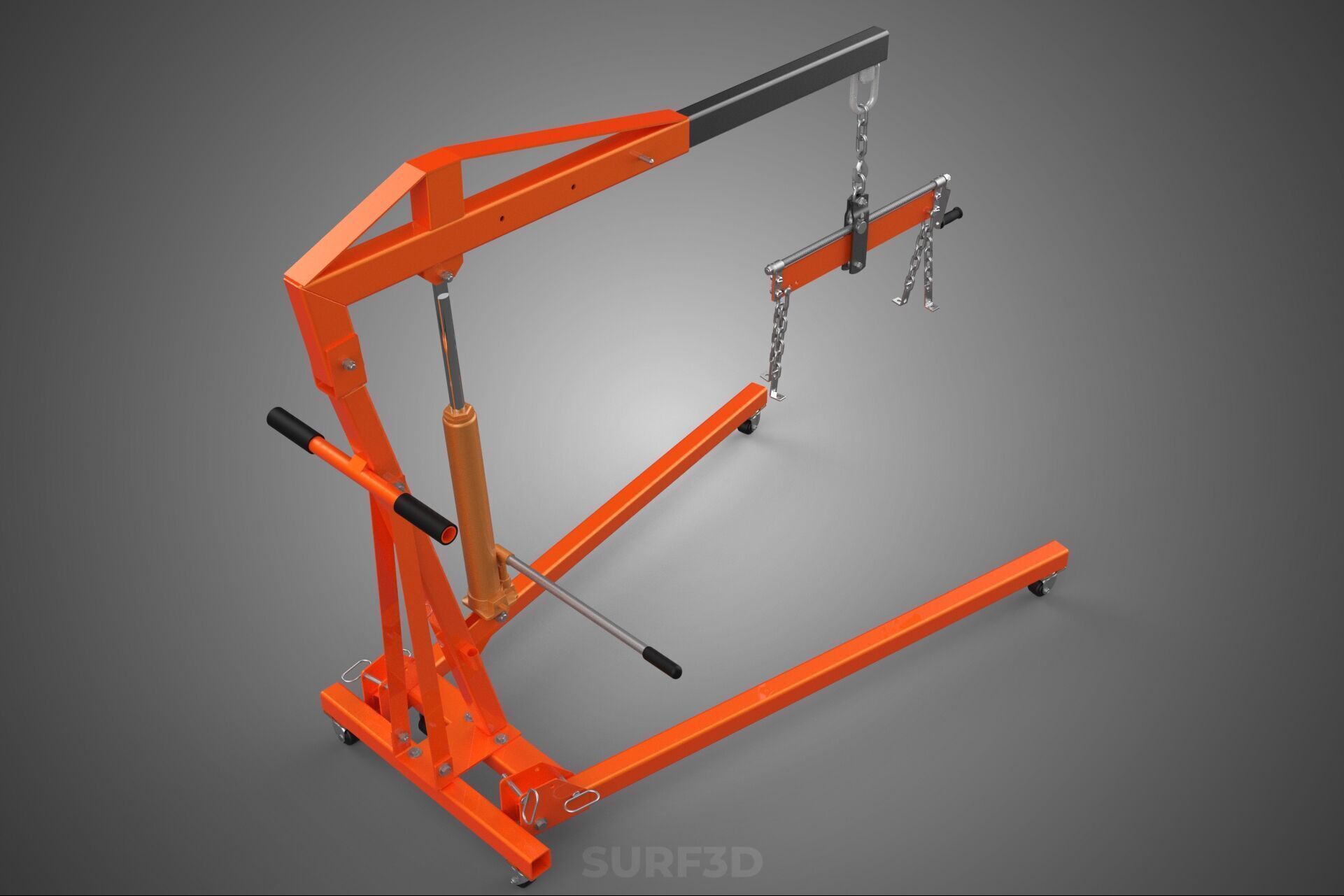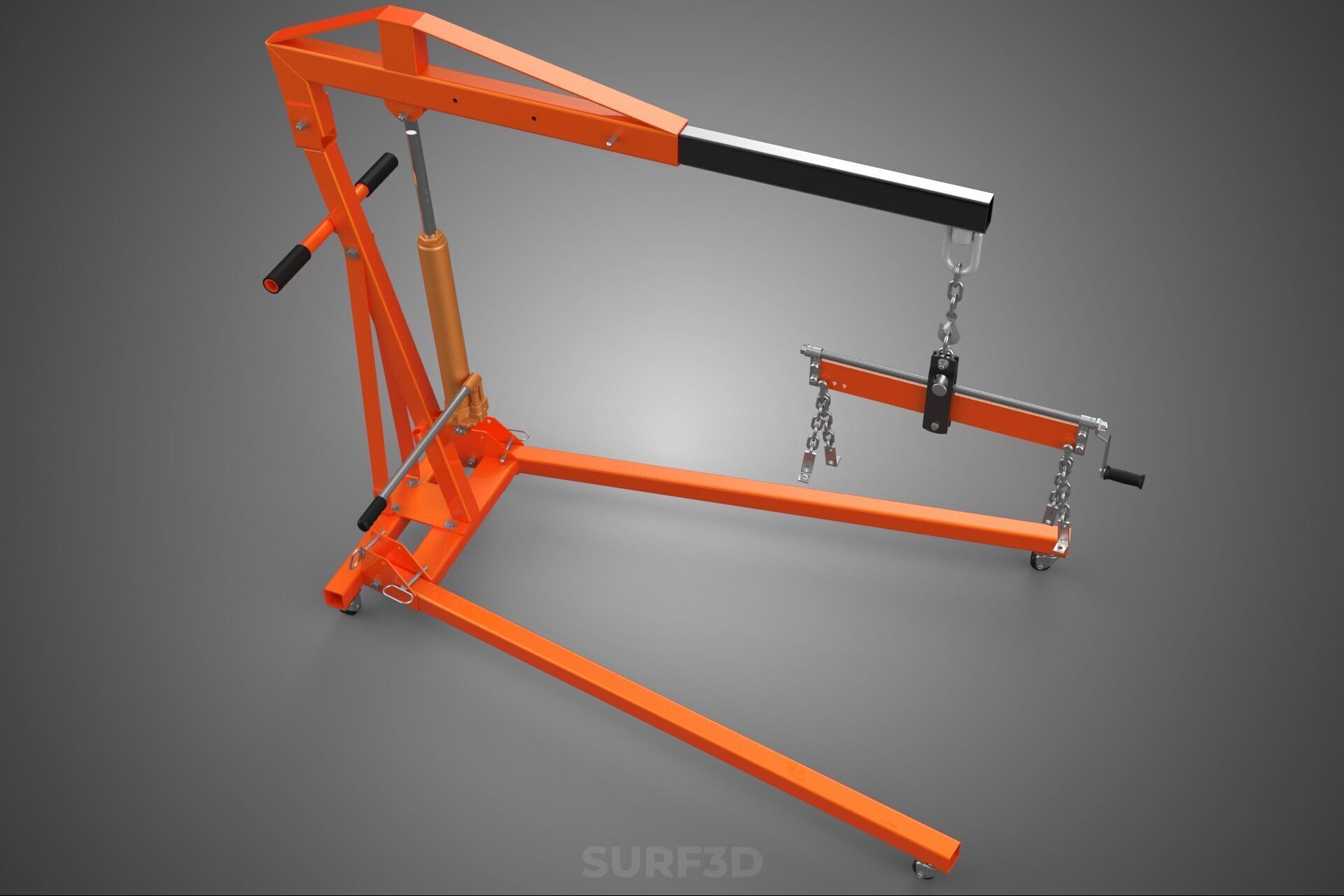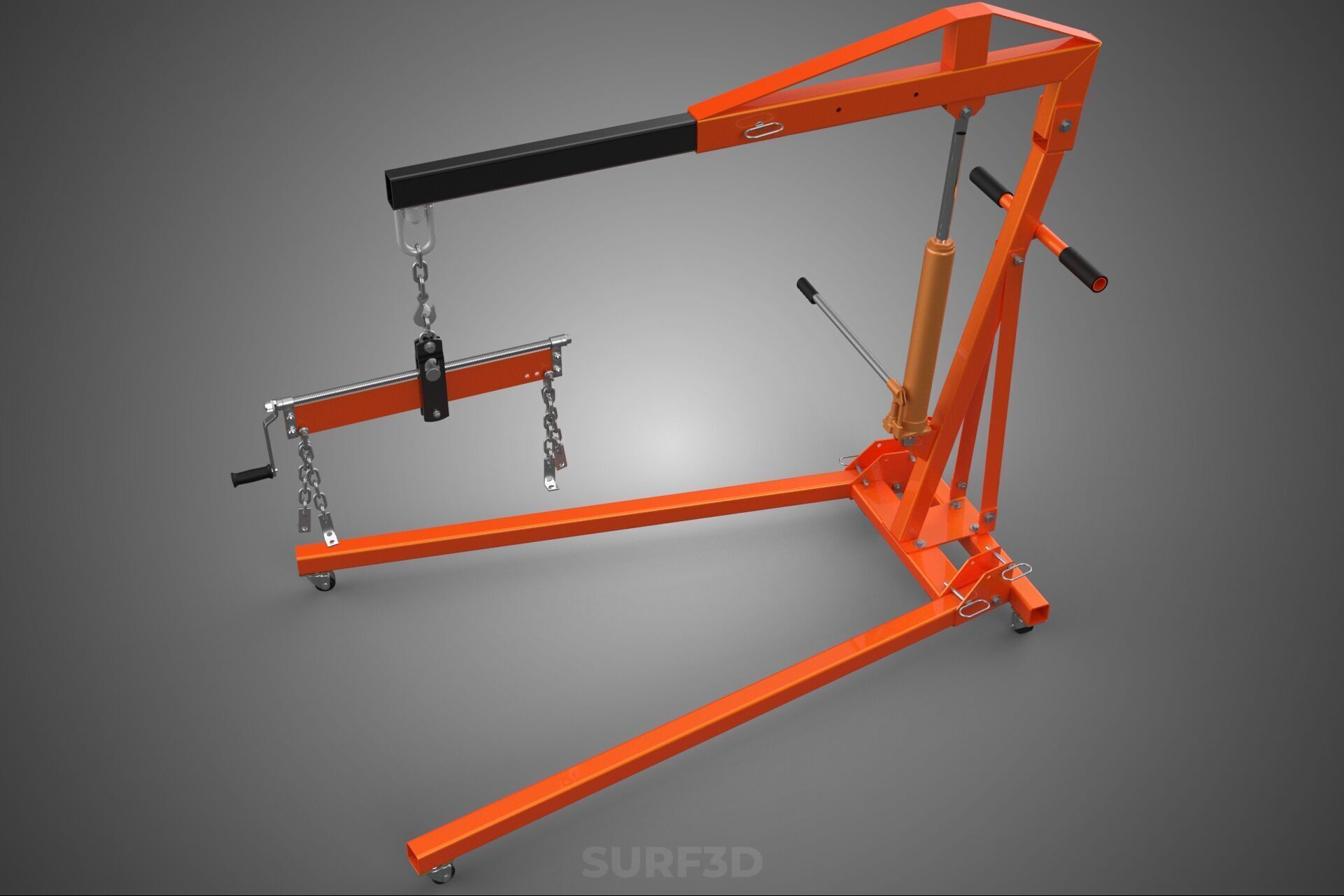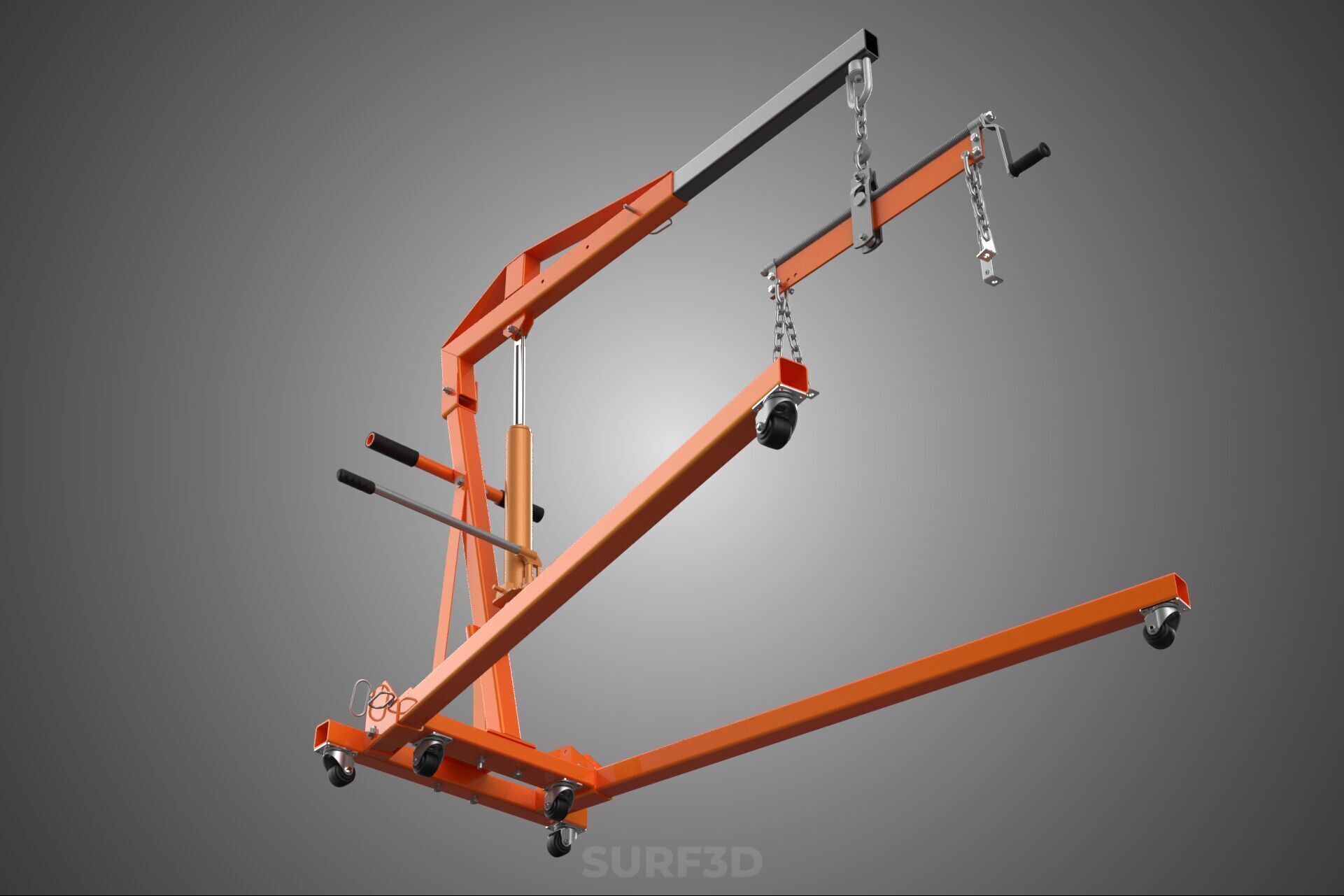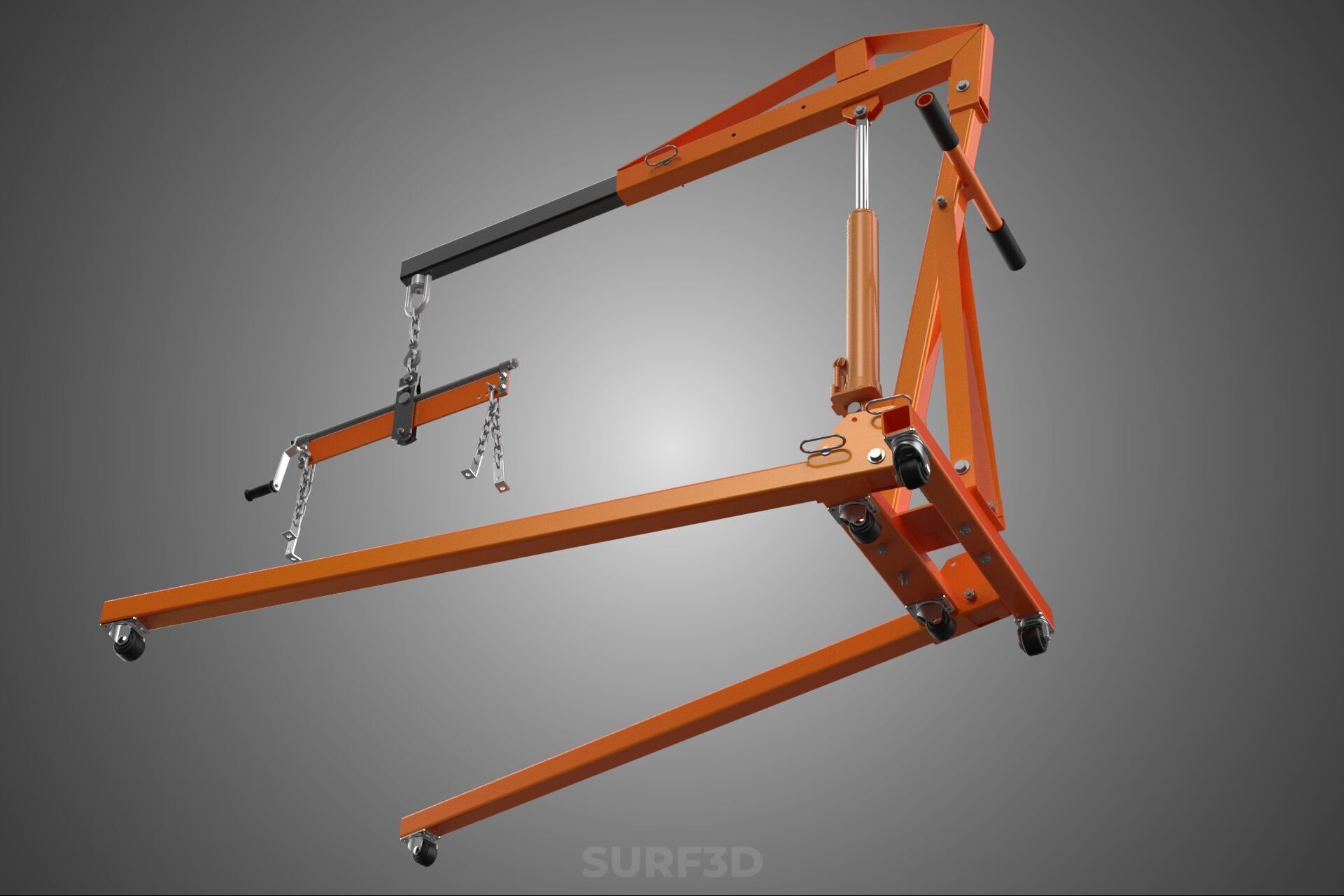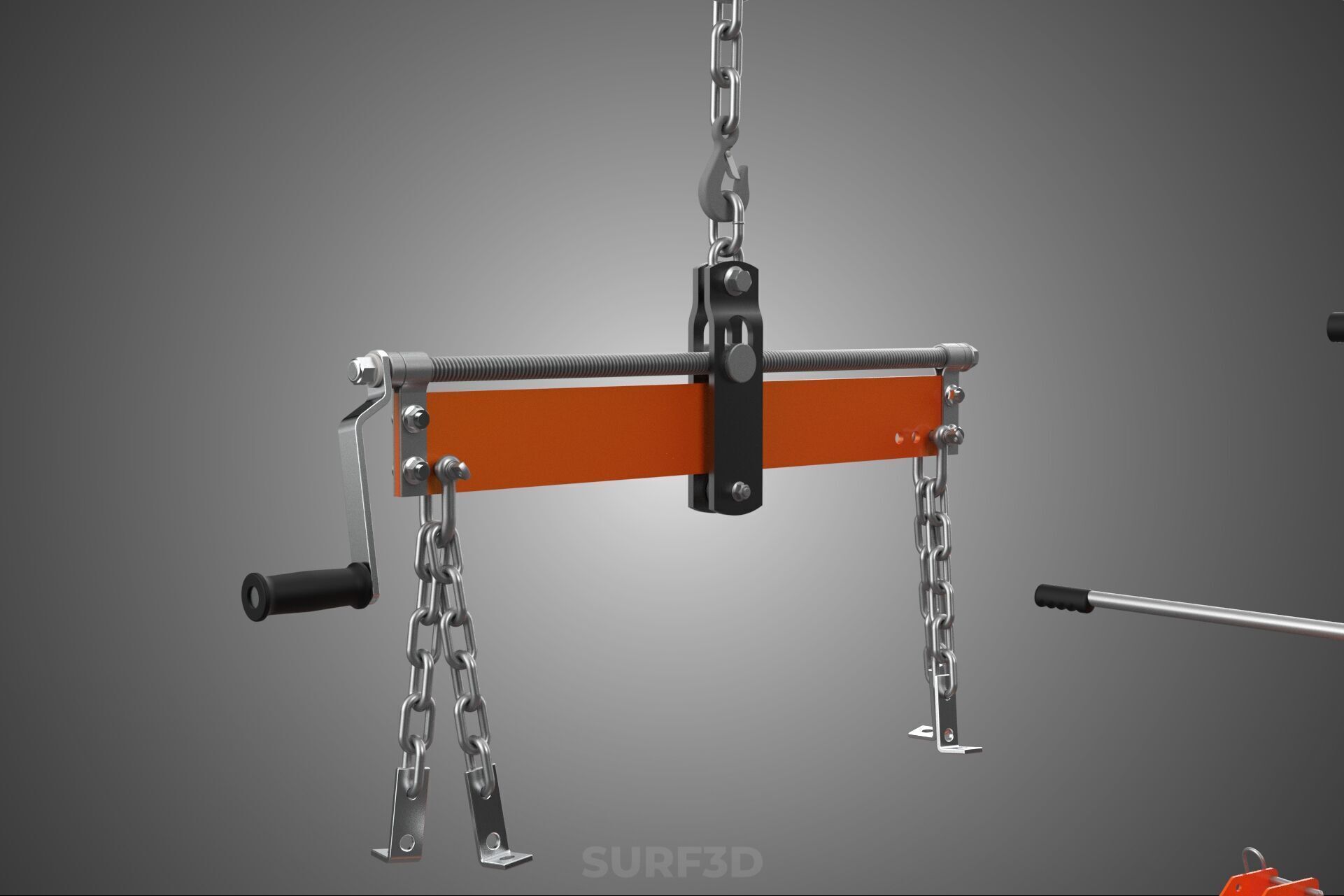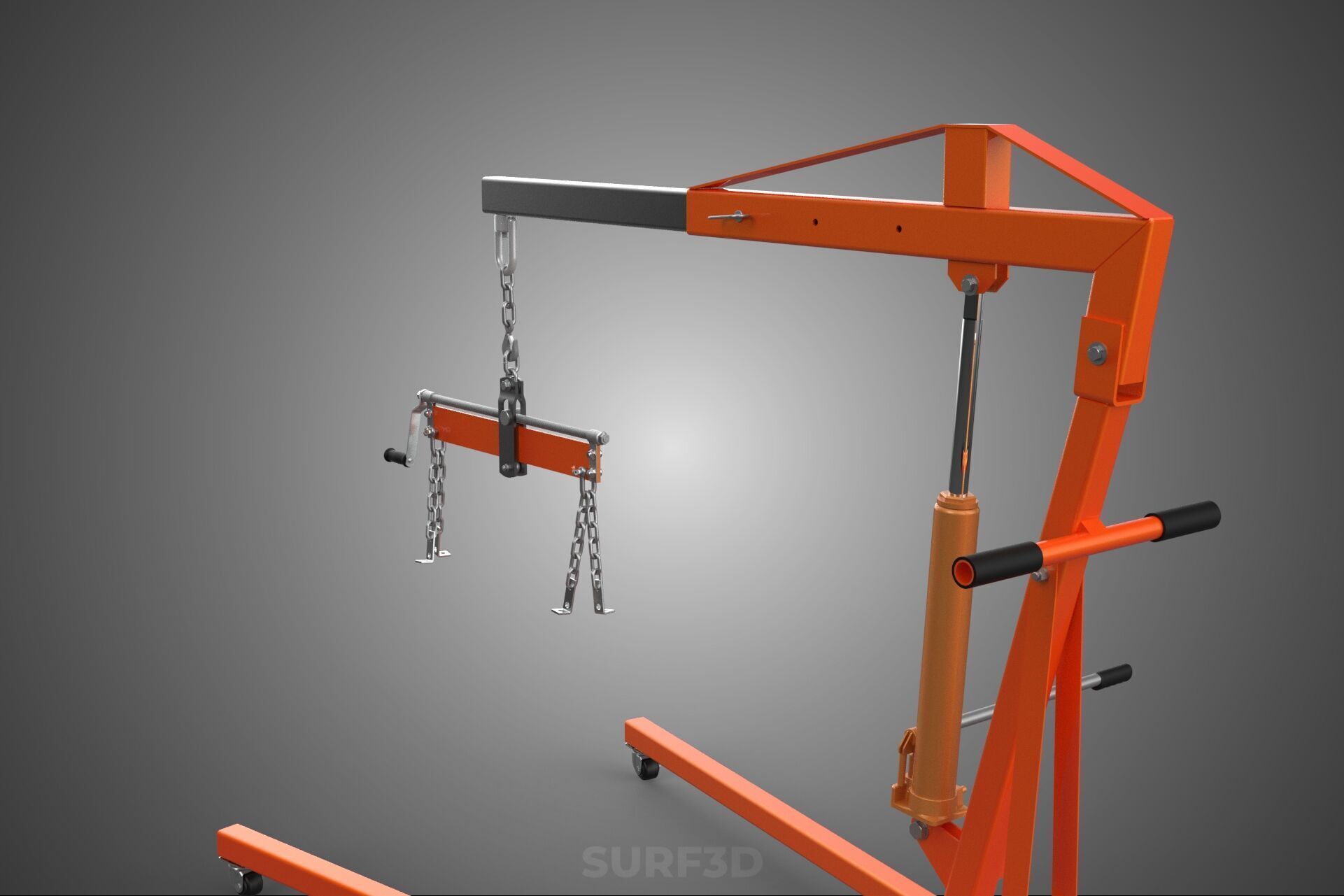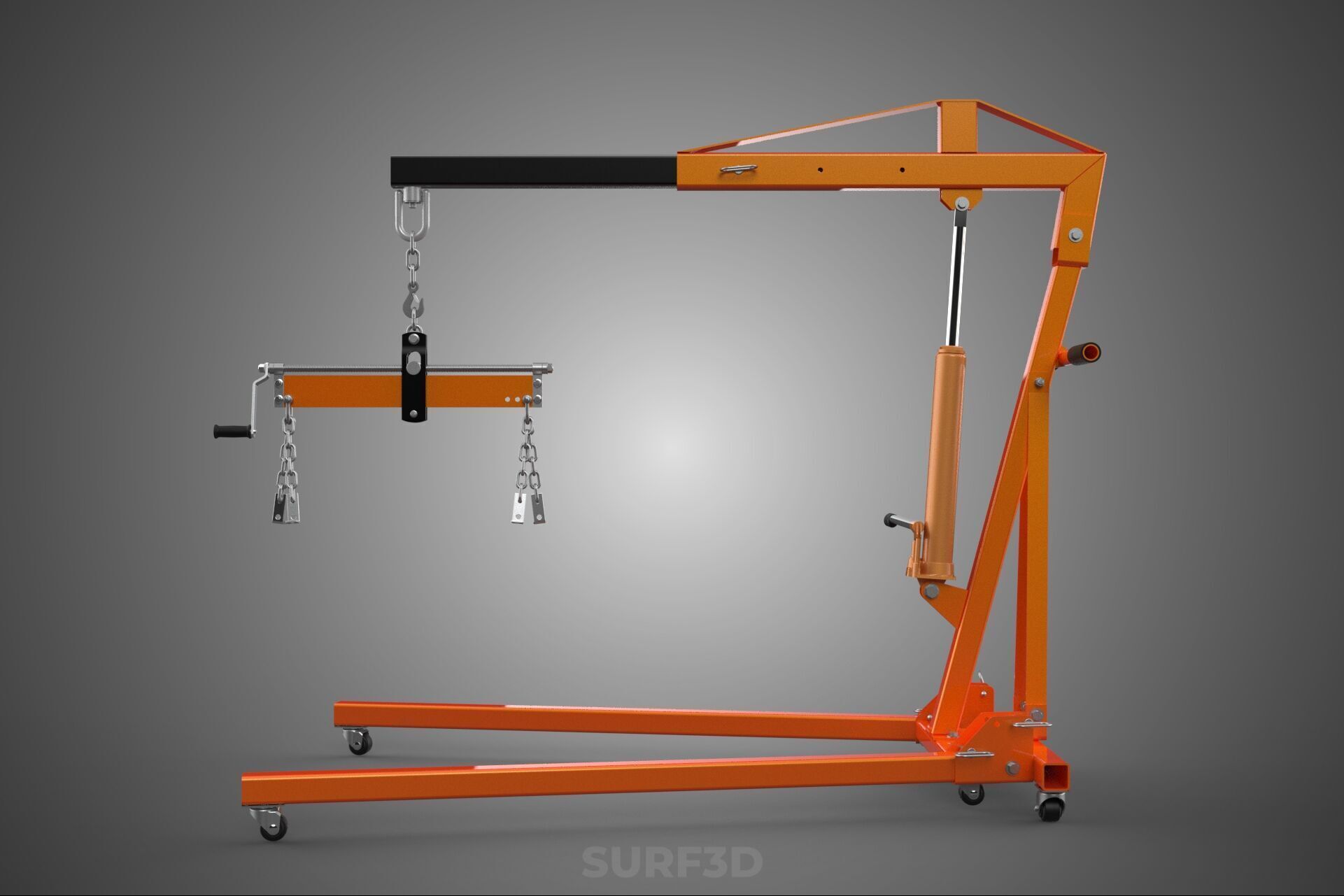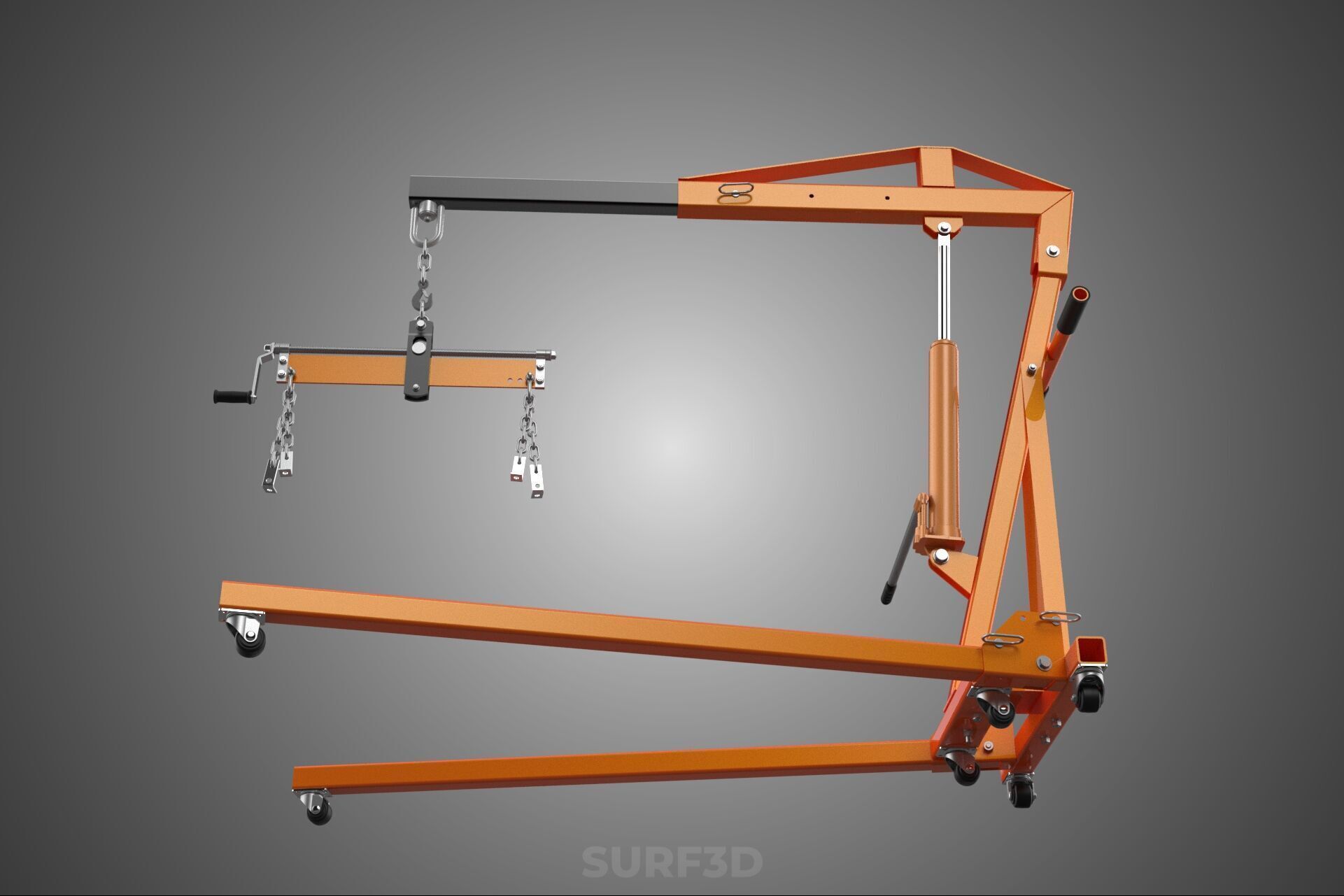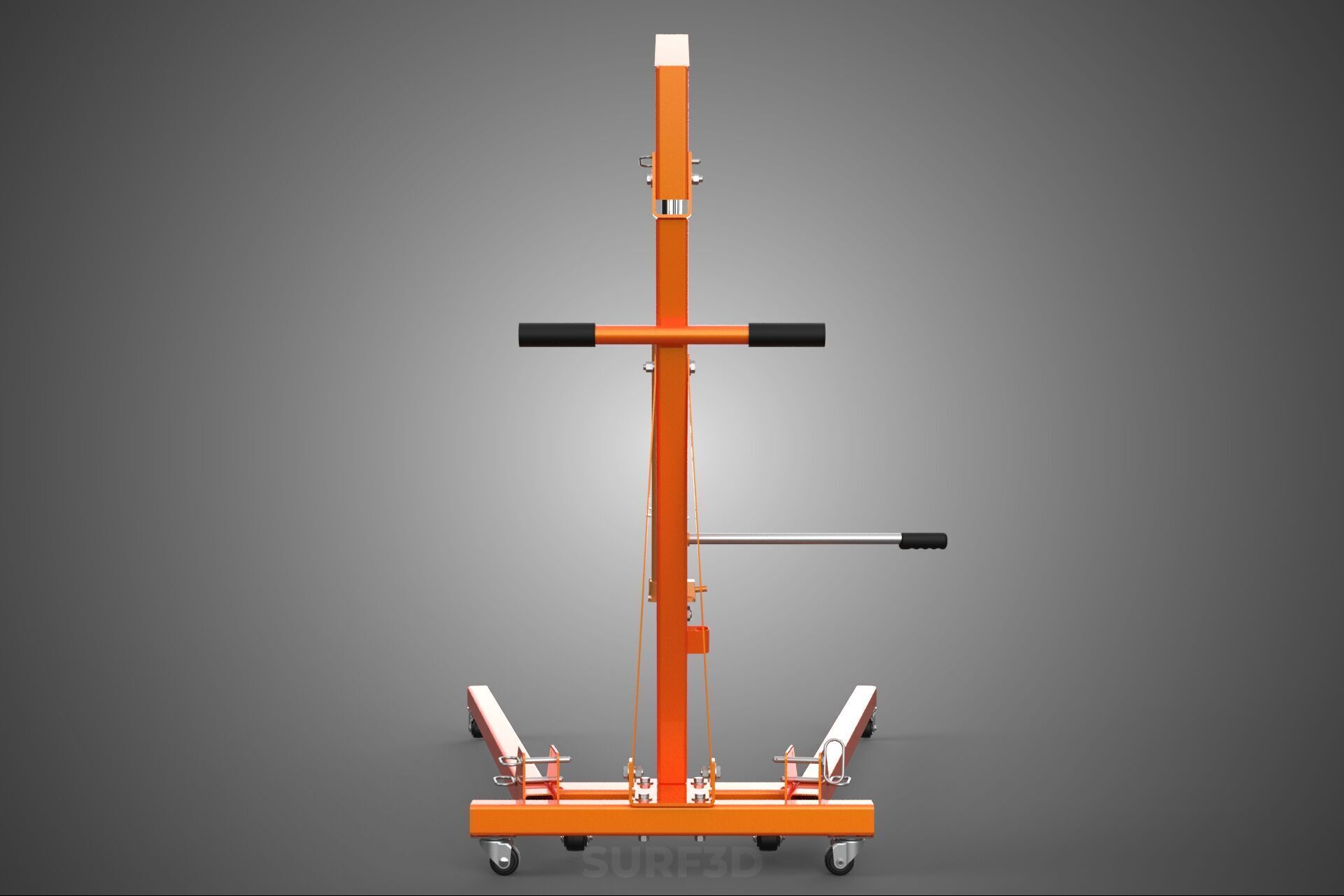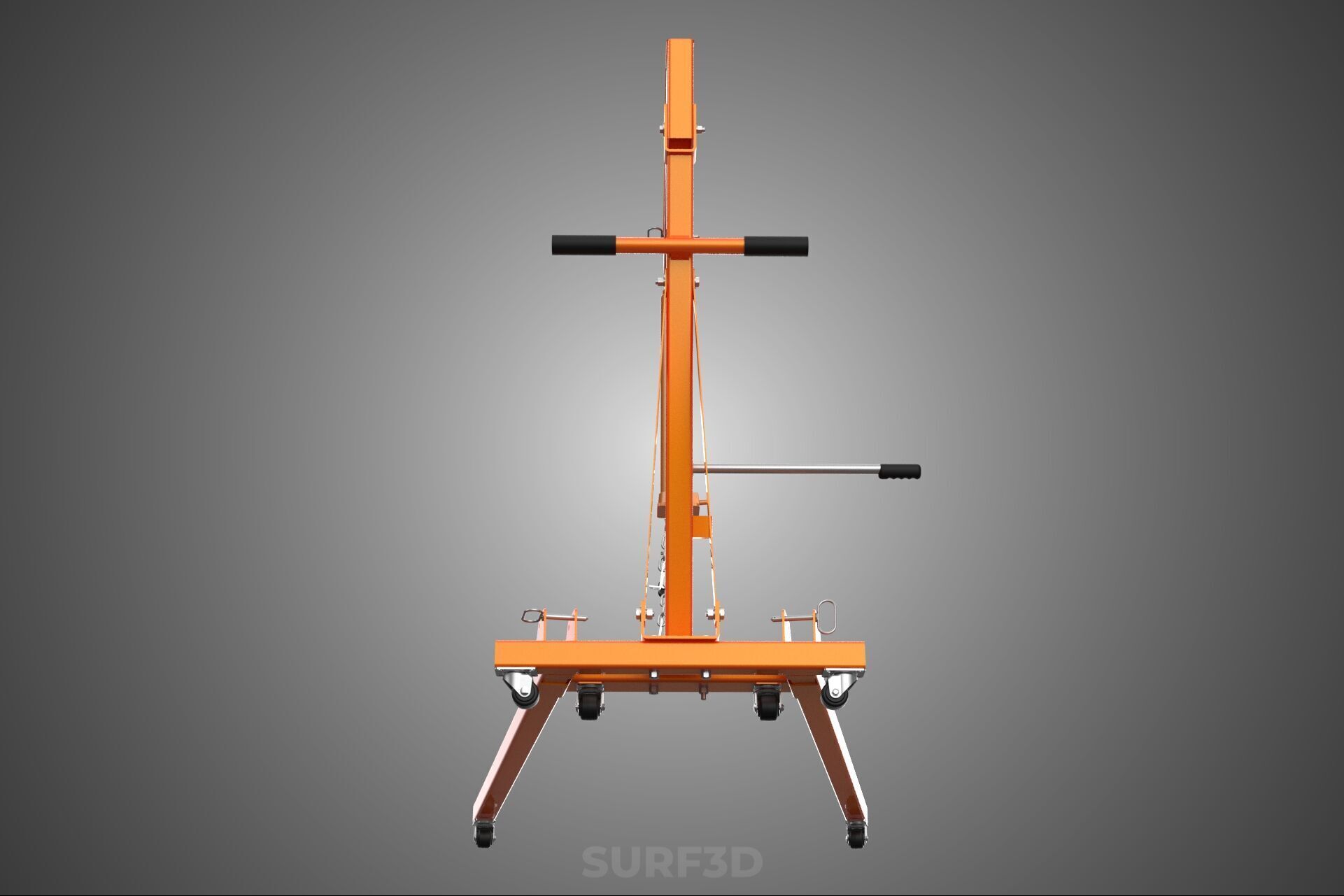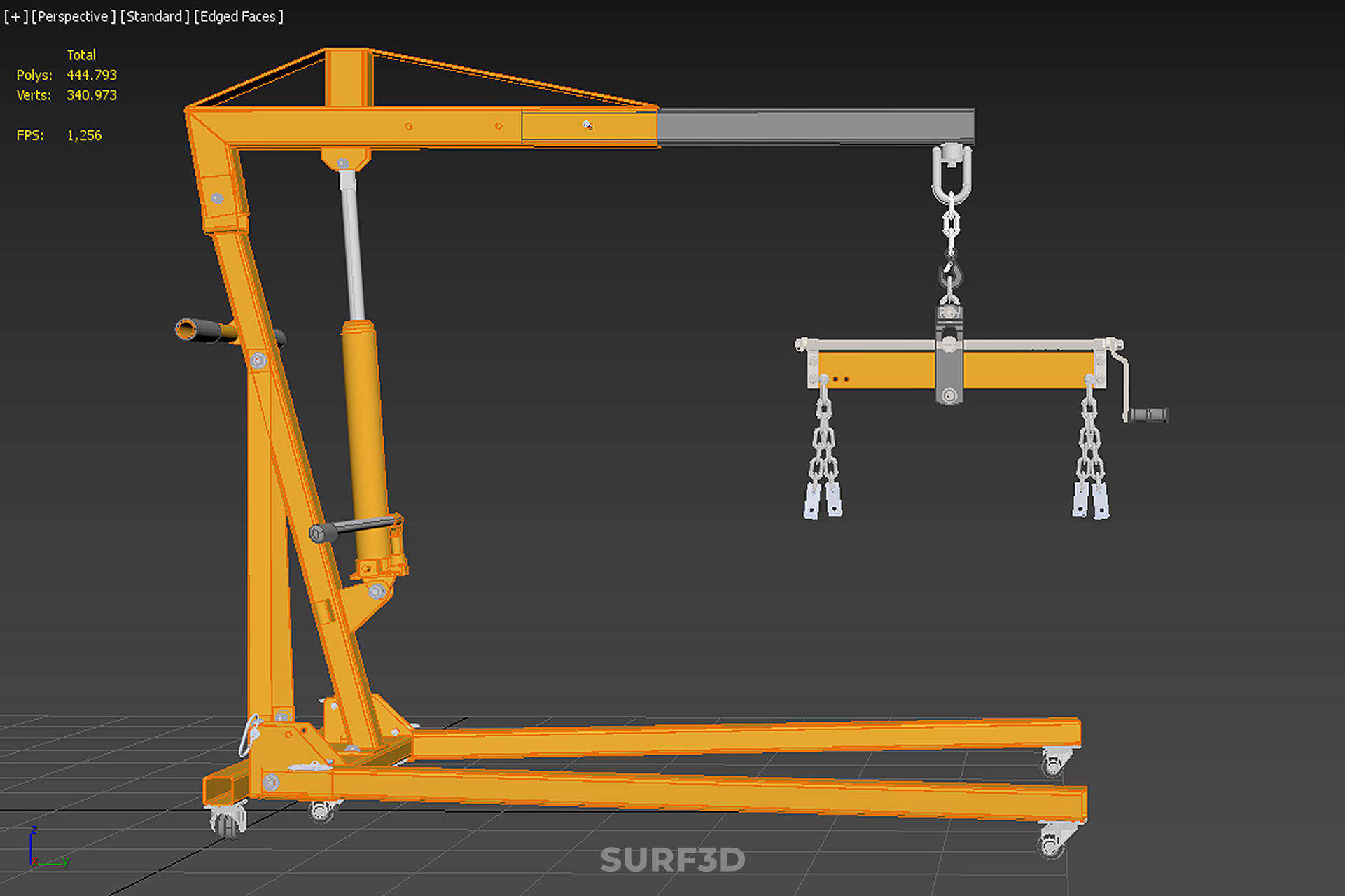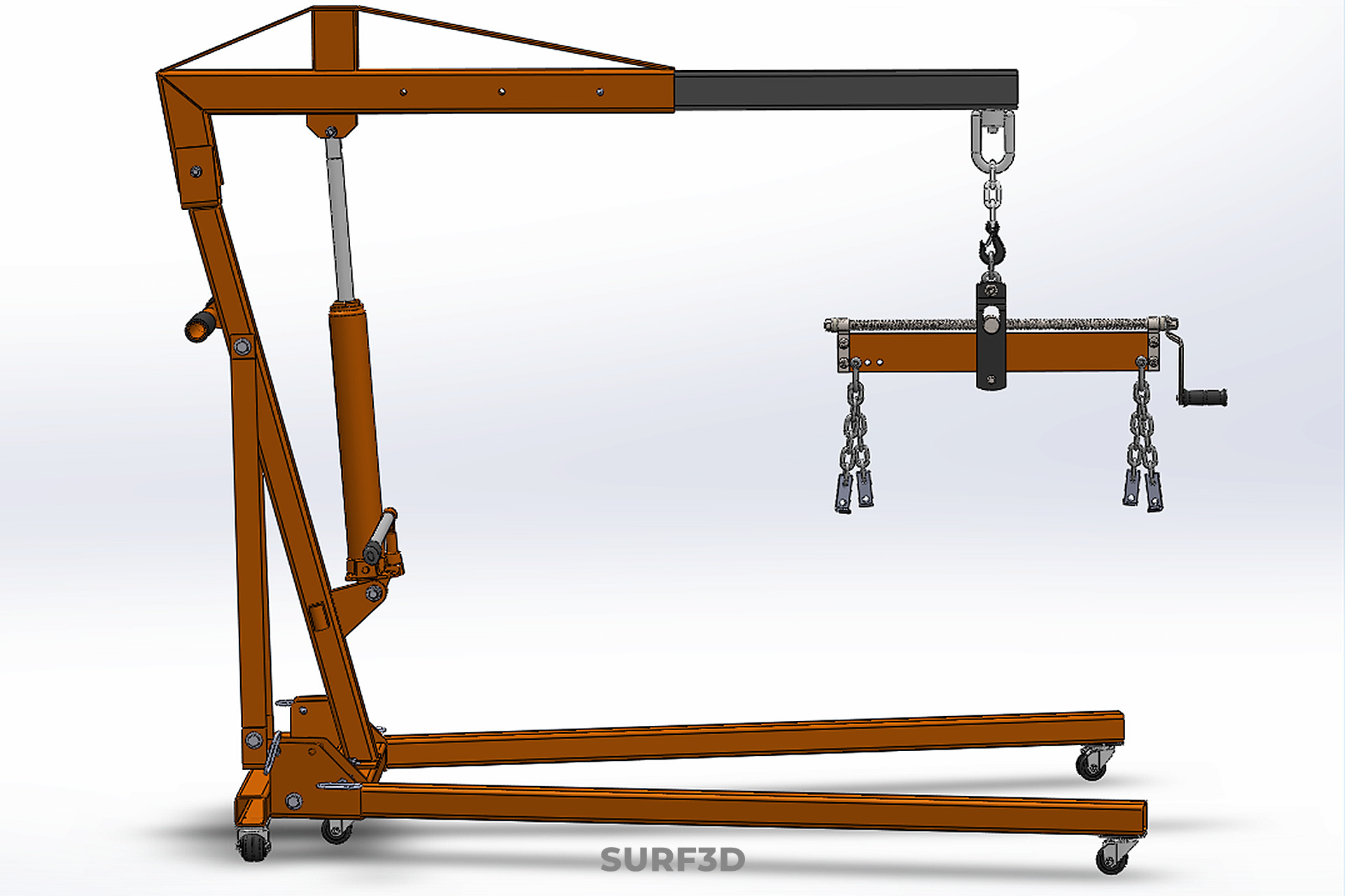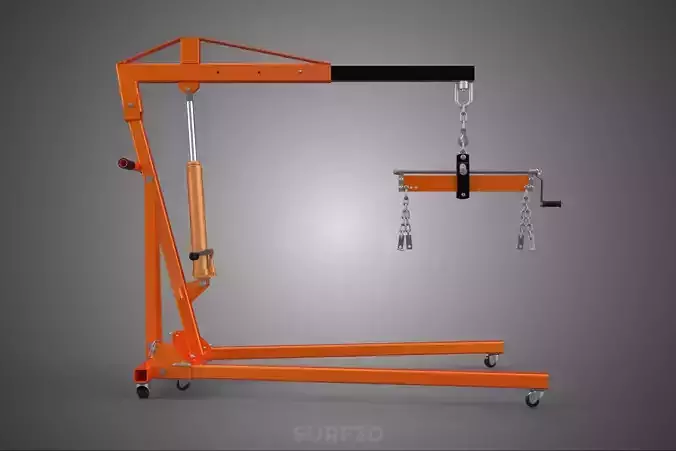
CRANE ENGINE HOIST LIFT WINCH HYDRAULIC LEVELER BALANCER LOAD UP 3D model
High-quality 3D assets at affordable prices — trusted by designers, engineers, and creators worldwide. Made with care to be versatile, accessible, and ready for your pipeline.
Included File Formats
This model is provided in 14 widely supported formats, ensuring maximum compatibility:
• - FBX (.fbx) – Standard format for most 3D software and pipelines
• - OBJ + MTL (.obj, .ml) – Wavefront format, widely used and compatible
• - STL (.stl) – Exported mesh geometry; may be suitable for 3D printing with adjustments
• - STEP (.step, .stp) – CAD format using NURBS surfaces
• - IGES (.iges, .igs) – Common format for CAD/CAM and engineering workflows (NURBS)
• - SAT (.sat) – ACIS solid model format (NURBS)
• - DAE (.dae) – Collada format for 3D applications and animations
• - glTF (.glb) – Modern, lightweight format for web, AR, and real-time engines
• - 3DS (.3ds) – Legacy format with broad software support
• - 3ds Max (.max) – Provided for 3ds Max users
• - Blender (.blend) – Provided for Blender users
• - SketchUp (.skp) – Compatible with all SketchUp versions
• - AutoCAD (.dwg) – Suitable for technical and architectural workflows
• - Rhino (.3dm) – Provided for Rhino users
Model Info
• - All files are checked and tested for integrity and correct content
• - Geometry uses real-world scale; model resolution varies depending on the product (high or low poly)
• • - Scene setup and mesh structure may vary depending on model complexity
• - Rendered using Luxion KeyShot
• - Affordable price with professional detailing
Buy with confidence. Quality and compatibility guaranteed.
If you have any questions about the file formats, feel free to send us a message — we're happy to assist you!
Sincerely,
SURF3D
Trusted source for professional and affordable 3D models.
More Information About 3D Model :
The descriptive phrase CRANE ENGINE HOIST LIFT WINCH HYDRAULIC LEVELER BALANCER LOAD UP refers to a system or operational configuration employed for the controlled upward movement, positioning, leveling, and balancing of a heavy engine or similar substantial load, typically utilizing a crane or hoist mechanism powered by a hydraulic system, and incorporating a dedicated load leveling or balancing device.
This integrated system is primarily designed to address the challenges associated with lifting and maneuvering heavy, often irregularly shaped objects such as internal combustion engines during removal, installation, or transportation processes. Engines are not only heavy but also have a complex center of gravity, which can shift as the engine is tilted or moved. Without precise control over the load's angle and balance, these operations can be difficult, hazardous, and potentially damaging to the engine or surrounding components.
Key components and their functions within this system include:
1. Crane/Hoist/Winch: This forms the fundamental lifting apparatus. A crane provides the structural framework (e.g., a floor crane with an articulated boom, an overhead gantry crane, or a jib crane) from which the load is suspended. The hoist or winch is the mechanism that generates the vertical pulling force, typically using a wire rope, chain, or strap wound around a drum or wheel.
2. Hydraulic System: This provides the power source for the lifting action. It commonly involves a hydraulic pump (manual or electric) that pressurizes hydraulic fluid to extend a cylinder or operate a hydraulic motor within the hoist/winch mechanism. Hydraulic power allows for smooth, powerful, and finely controlled vertical movement of the load.
3. Leveler/Balancer: This is a critical component specifically addressed by the title. It is a mechanical device, often adjustable, that attaches between the hoist hook and the load (the engine). The leveler/balancer allows the operator to change the tilt or angle of the suspended load by adjusting the relative length of the lifting points or chains connecting the device to the load. This is crucial for ensuring the engine is correctly oriented for mating with transmission splines, aligning mounting bolt holes, or clearing chassis components during installation or removal. Modern levelers may use a simple screw mechanism, a handle-operated crank, or potentially even hydraulic adjustment to alter the balance.
4. Load (Engine): The object being lifted and manipulated. In this context, it specifically refers to a heavy engine, although the principles apply to lifting other comparable heavy machinery components.
5. Upward Movement (Load Up): Specifies the primary direction of force and displacement applied to the load.
The operational principle involves attaching the leveler/balancer to the designated lifting points on the engine, then attaching the top of the leveler/balancer to the hook of the hydraulic crane/hoist/winch. The hydraulic system is then activated to lift the load. As the engine is raised, the operator uses the leveler/balancer to adjust its tilt and balance, ensuring optimal positioning for the task at hand, such as clearing obstructions or achieving precise alignment.
Applications of this system are widespread in environments where heavy engines or components must be handled, including automotive repair workshops, industrial machinery maintenance facilities, manufacturing assembly lines, and heavy equipment repair. The combination of high lift capacity from the hydraulic system and precise angular control from the leveler/balancer significantly enhances safety, efficiency, and accuracy in lifting and positioning heavy loads.
KEYWORDS: Crane, Engine, Hoist, Lift, Winch, Hydraulic, Leveler, Balancer, Load, Lifting, Positioning, Automotive, Workshop, Garage, Industrial, Maintenance, Repair, Assembly, Machinery, Heavy-Duty, Controlled, Precise, Safety, Support, Upward, Mechanism, System, Apparatus, Handling, Boom.


